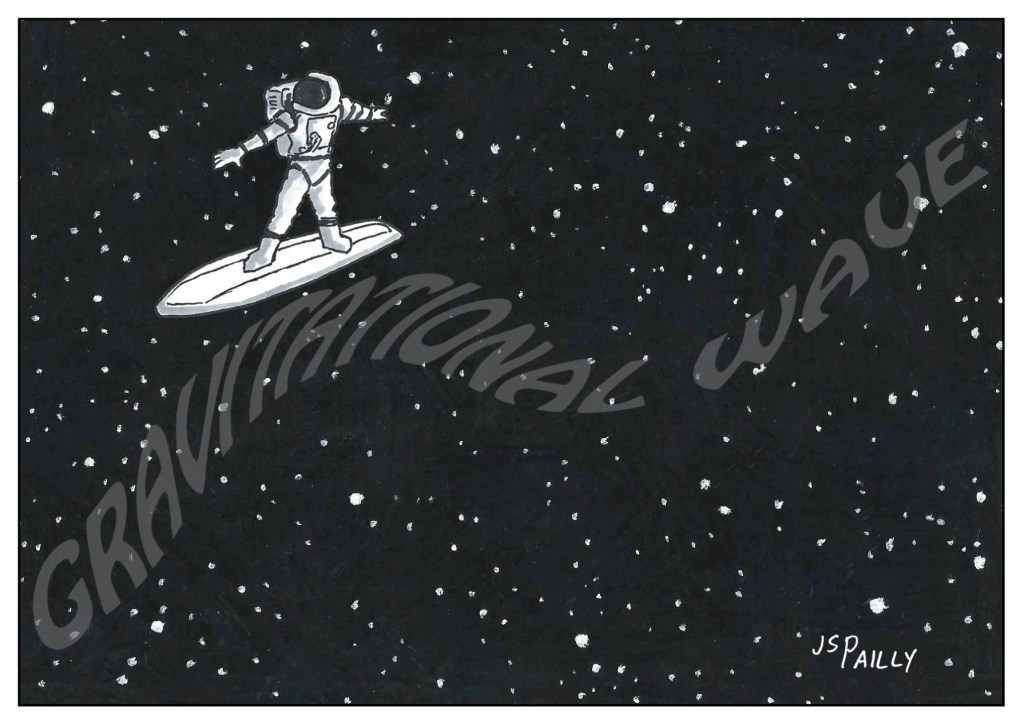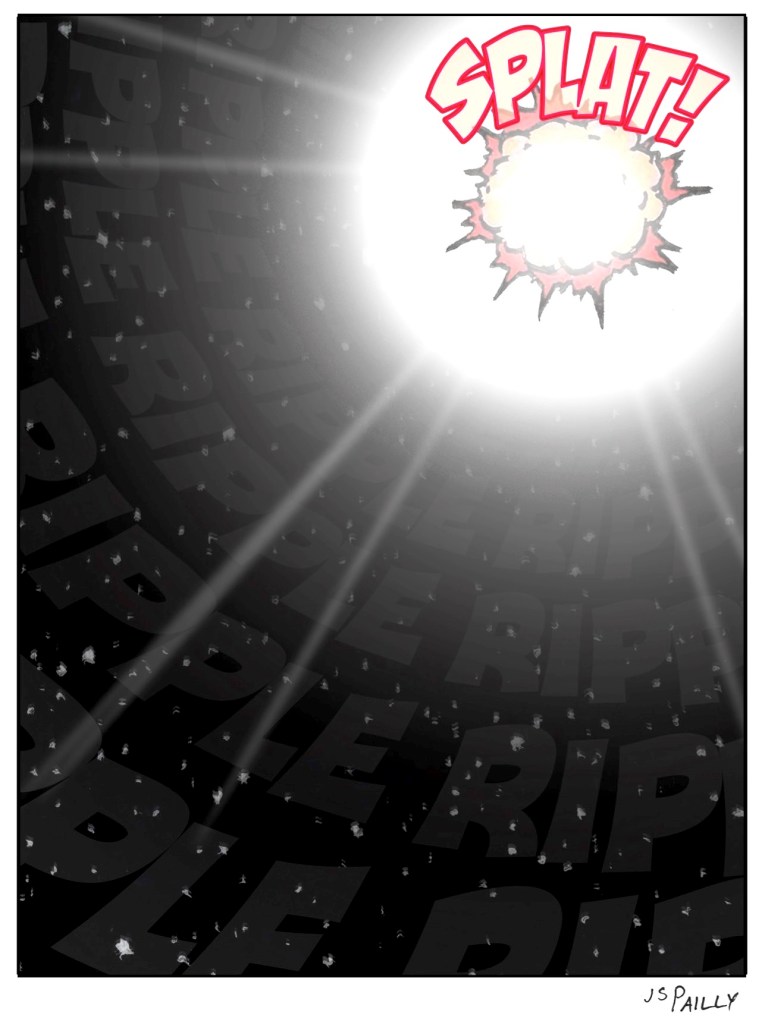As everyone knows, I’m a total surfer dude. So after all my recent blog posts about the LIGO project (click here, here, or here), I’ve been wondering: could I “hang ten” on a gravitational wave?

There’s still a lot we don’t know about gravitational waves. LIGO—the Laser Interferometer Gravitational-wave Observatory—is one of the most delicately sensitive scientific instruments ever built. But as sensitive as LIGO is, it’s still not sensitive enough. The next generation of gravitational wave detectors promises to do better.
- Cosmic Explorer: The United States wants to build a bigger LIGO. Cosmic Explorer will use the same L-shaped interferometer design as LIGO, only ten times bigger. This will increase the signal amplitude without adding to the amount of background noise the detector picks up, according to the Cosmic Explorer website. Click here to learn more.
- Einstein Telescope: Meanwhile the Europeans are planning to build a gravitational wave detector underground. The Einstein Telescope, as the project is named, will incorporate not one but two laser interferometers, arranged in a triangular pattern. One of these interferometers will pick up low frequency gravitational waves; the other will pick up waves of higher frequencies. Click here to learn more.
- LISA: And lastly, NASA wants to put a gravitational wave detector in space. The project is called LISA, which stands for Laser Interferometer Space Antenna. LISA will consist of three small spacecraft beaming lasers at each other, forming a giant equilateral triangle. Size really does matter when it comes to gravitational wave detectors, and this space laser triangle will be far, far larger than anything we could have built here on the ground. Click here to learn more.
Some of the questions these next generation gravitational wave detectors could help us answer: How many black holes are there in the universe? What’s going on inside neutron stars? What about pulsars or magnetars? Are there gravitational waves associated with the cosmic microwave background? Are there gravitational waves associated with dark matter? Are any gravitational waves coming from unexpected or unknown sources?
So much science will be gained from these projects! However, I’m not sure if Cosmic Explorer, the Einstein Telescope, or LISA will be able to answer the question I asked at the beginning of this post. Total bummer!
Disclaimer: I’m not really a surfer dude. Actually, I’m terrified of the ocean and I’ve never even learned how to swim.


